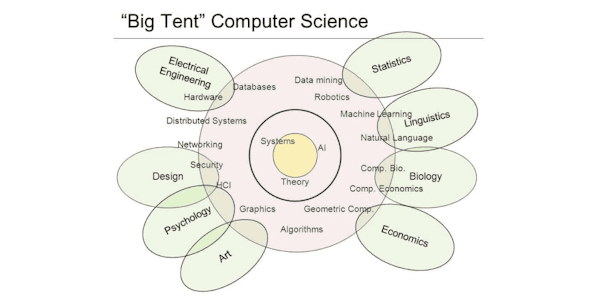Overview
It used to be the case that everyone viewed web pages on about the same size screen - a desktop computer. But now it is just as likely that someone will be using a smart phone, tablet, or assistive technology to access the Internet. Therefore, people viewing your site will now expect that it will perform regardless of the device (smartphone, tablet, laptop, desktop computer, or screen reader) AND take into account some common personal settings such as color schemes. This ability to respond to any platform and user preferences is called Responsive Design.
This course will expand upon the basic knowledge of CSS3 to include topics such as wireframes, fluid design, media queries, and the use of existing styling paradigms. After the course, learners will be able to:
** Explain the mobile-first paradigm and the importance of wireframes in the design phase
** Create sites that behave across a range of platforms
** Recognize existing design frameworks such as Bootstrap
A basic understanding of HTML and CSS is expected when you enroll in this class, so it can be taken third or fourth in the Web Design for Everybody specialization. Additional courses focus on adding interactivity with the JavaScript Programming Language and completing a capstone project.
Syllabus
- Week One: Style with Responsive Design
- What does it mean to have responsive design for your site? How can you tell if your existing site is responsive? This week we will begin with the theories behind the "mobile-first paradigm" - the idea that your mobile site should provide everything needed, not a pared-down version of a good page. We end the week by taking the first concrete step of using fluid measurements in your CSS.
- Week Two: Basic Concepts
- This week you will get a chance to put the theories into practice using media queries in your CSS. These queries can automatically change the look and functionality of your site based on the size of the browser being used to view the page. This allows you to decide what type of look you want to achieve at various screen sizes, also called "viewports".
- Week Three: Media Queries for Layout and Accessibility
- Knowing what your want your site to look like is the first step, but actually writing the code is another. This week we look at the grid and flex display properties to suggest ways to organize the layout of your page. We also talk about media queries that you should be including to increase the accessibility of your page. These queries can react to user preferences about color schemes, animation, and more.
- Week Four: Frameworks
- After every good programmer has put in time creating sites from scratch, it is common to utilize existing tools out there. After all, why recreate the wheel? The work you have done up to this point will give you the knowledge needed to craft your own unique sites from these frameworks. This week we will work with Bootstrap, a framework that uses HTML5, CSS, and JavaScript (but don't worry if you have never used JavaScript yourself).
Taught by
Colleen Van Lent
Reviews
4.4 rating, based on 8 Class Central reviews
4.7 rating at Coursera based on 4449 ratings
Showing Class Central Sort
-
Good introduction to Responsive Design. Not only is styling with CSS media queries covered, there is also an introduction to Bootstrap 3. Doesn't go very deep, but enough to get "feet wet". Instructor is clear in her explanations. Recommended.
-
-










